Overall size: 40 x 40 inches (101.6 x 101.6 cm)
Signed and dated on reverse of each
(Inventory #34165)
Overall size: 40 x 40 inches (101.6 x 101.6 cm)
Signed and dated on reverse of each
(Inventory #34165)
Overall size: 24 x 37 inches (61 x 94 cm)
Initialed and dated on reverse of each panel
(Inventory #34154)
Overall size: 24 x 37 inches (61 x 94 cm)
Initialed and dated on reverse of each panel
(Inventory #34154)
Edition of 15
30 x 30 inches (76.2 x 76.2 cm)
Signed and numbered
(Inventory #31686)
Edition of 15
30 x 30 inches (76.2 x 76.2 cm)
Signed and numbered
(Inventory #31686)
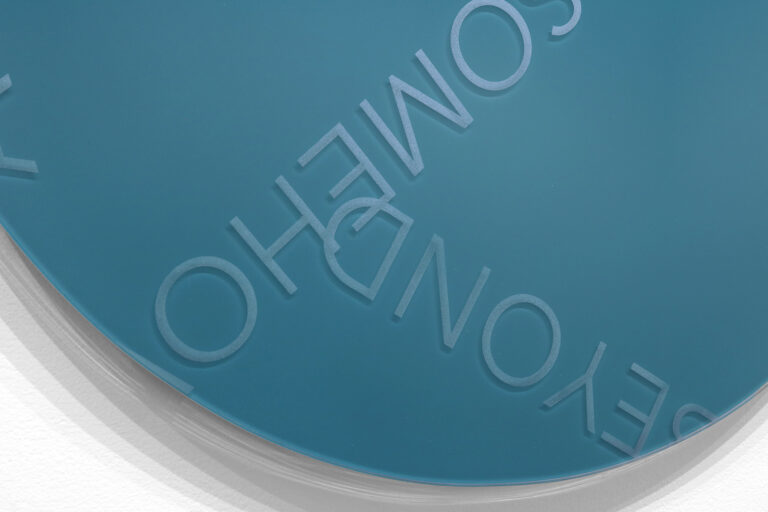
Edition of 15
12 x 12 x 1 inches each (30.5 x 30.5 x 2.5 cm each)
Installation arrangement and installation dimensions are variable
Signed and numbered on accompanying certificate
(Inventory #30397)
Edition of 15
12 x 12 x 1 inches each (30.5 x 30.5 x 2.5 cm each)
Installation arrangement and installation dimensions are variable
Signed and numbered on accompanying certificate
(Inventory #30397)
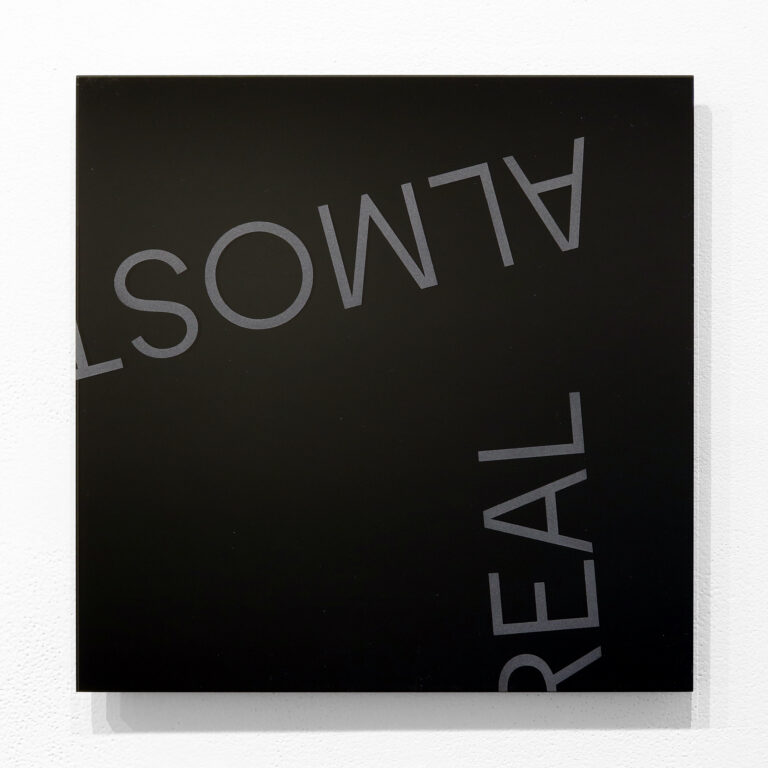
13 7/8 x 17 1/8 inches (35.2 x 43.5 cm)
Initialed and dated on reverse in graphite
(Inventory #33571)
13 7/8 x 17 1/8 inches (35.2 x 43.5 cm)
Initialed and dated on reverse in graphite
(Inventory #33571)
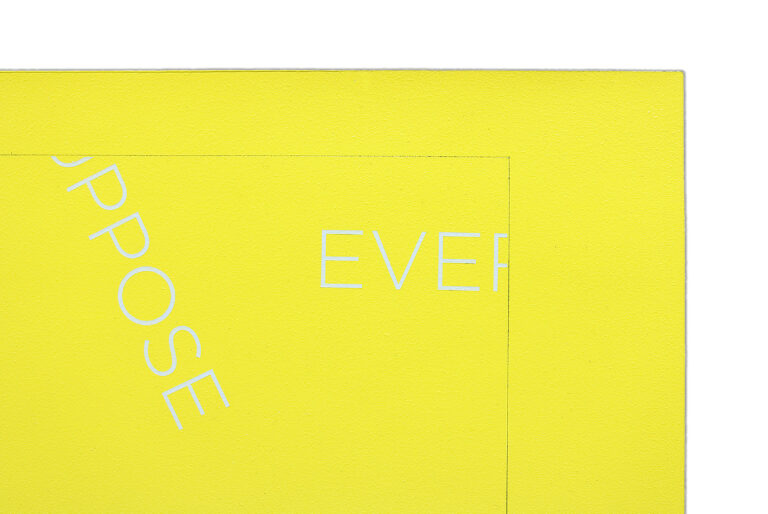
13 5/8 x 13 5/8 inches (34.6 x 34.6 cm)
Initialed and dated in corners on reverse in graphite
(Inventory #33572)
13 5/8 x 13 5/8 inches (34.6 x 34.6 cm)
Initialed and dated in corners on reverse in graphite
(Inventory #33572)
Paper size: 22 x 30 1/8 inches (55.9 x 76.5 cm)
Frame size: 24 3/4 x 32 7/8 inches (62.9 x 83.5 cm)
Initialed “RB 2013” on reverse in graphite
(Inventory #33573)
Paper size: 22 x 30 1/8 inches (55.9 x 76.5 cm)
Frame size: 24 3/4 x 32 7/8 inches (62.9 x 83.5 cm)
Initialed “RB 2013” on reverse in graphite
(Inventory #33573)
Edition of 100, AP
29 1/2 x 29 1/2 inches (75 x 75 cm)
Initialed, dated and numbered on reverse
(Inventory #34160)
Edition of 100, AP
29 1/2 x 29 1/2 inches (75 x 75 cm)
Initialed, dated and numbered on reverse
(Inventory #34160)
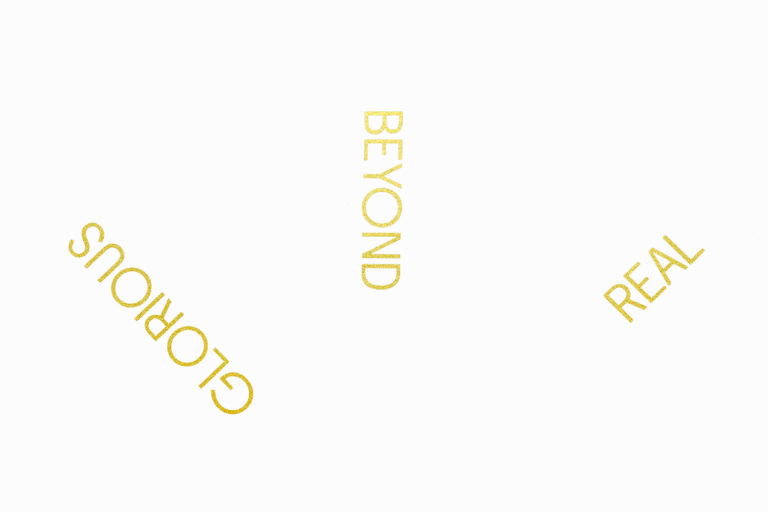
29 x 42 1/4 inches (73.7 x 107.3 cm)
Initialed and dated in corners on reverse in graphite
(Inventory #33576)
29 x 42 1/4 inches (73.7 x 107.3 cm)
Initialed and dated in corners on reverse in graphite
(Inventory #33576)
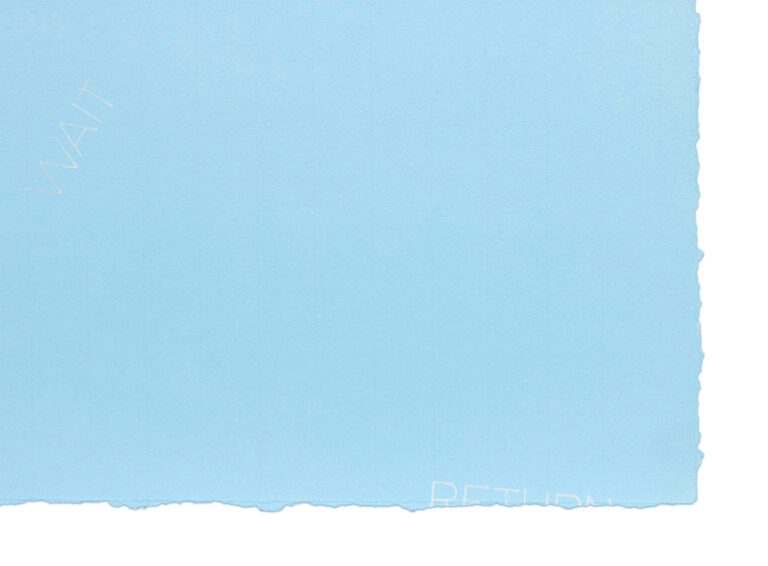
Size variable, this installation:
106 x 137 inches (269 x 348 cm) and 106 x 186 inches (269 x 472 cm)
Signed, titled, and dated on accompanying certificate
(Inventory #34972)
Size variable, this installation:
106 x 137 inches (269 x 348 cm) and 106 x 186 inches (269 x 472 cm)
Signed, titled, and dated on accompanying certificate
(Inventory #34972)
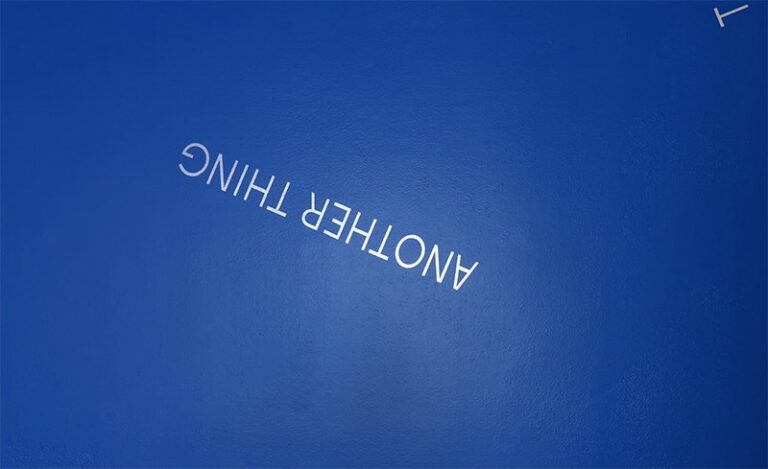
8 1/2 x 11 inches (21.6 x 27.9 cm)
Signed, dated and inscribed “Cord or wire installation” lower right in graphite
(Inventory #33578)
8 1/2 x 11 inches (21.6 x 27.9 cm)
Signed, dated and inscribed “Cord or wire installation” lower right in graphite
(Inventory #33578)
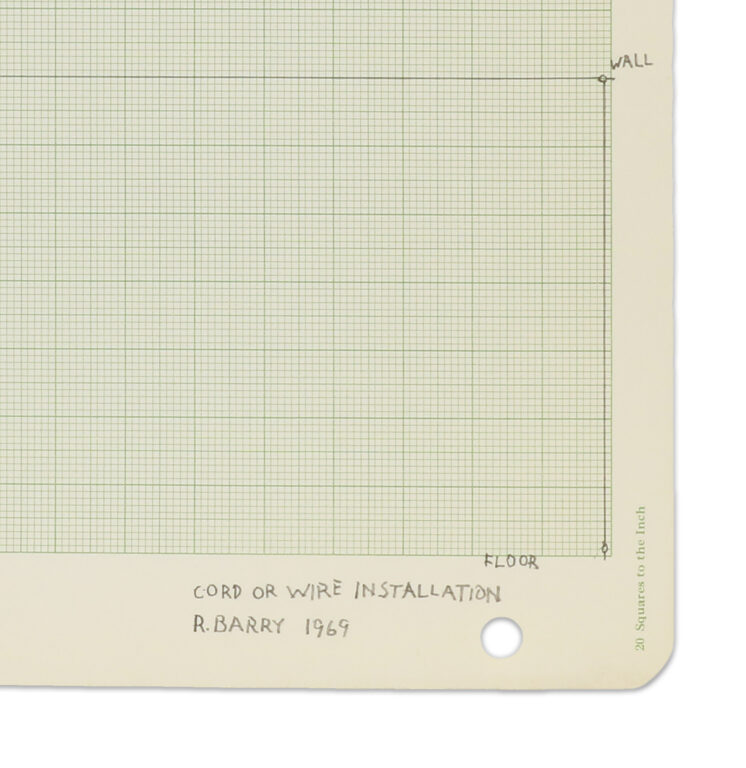
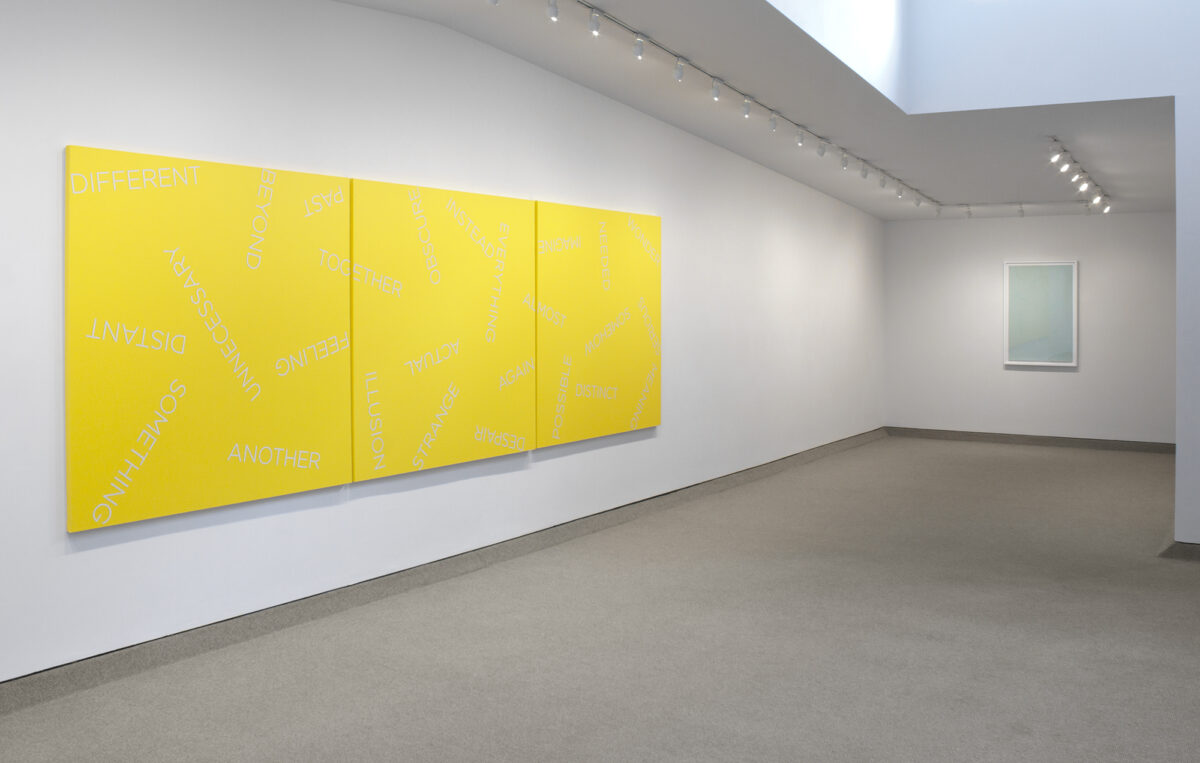
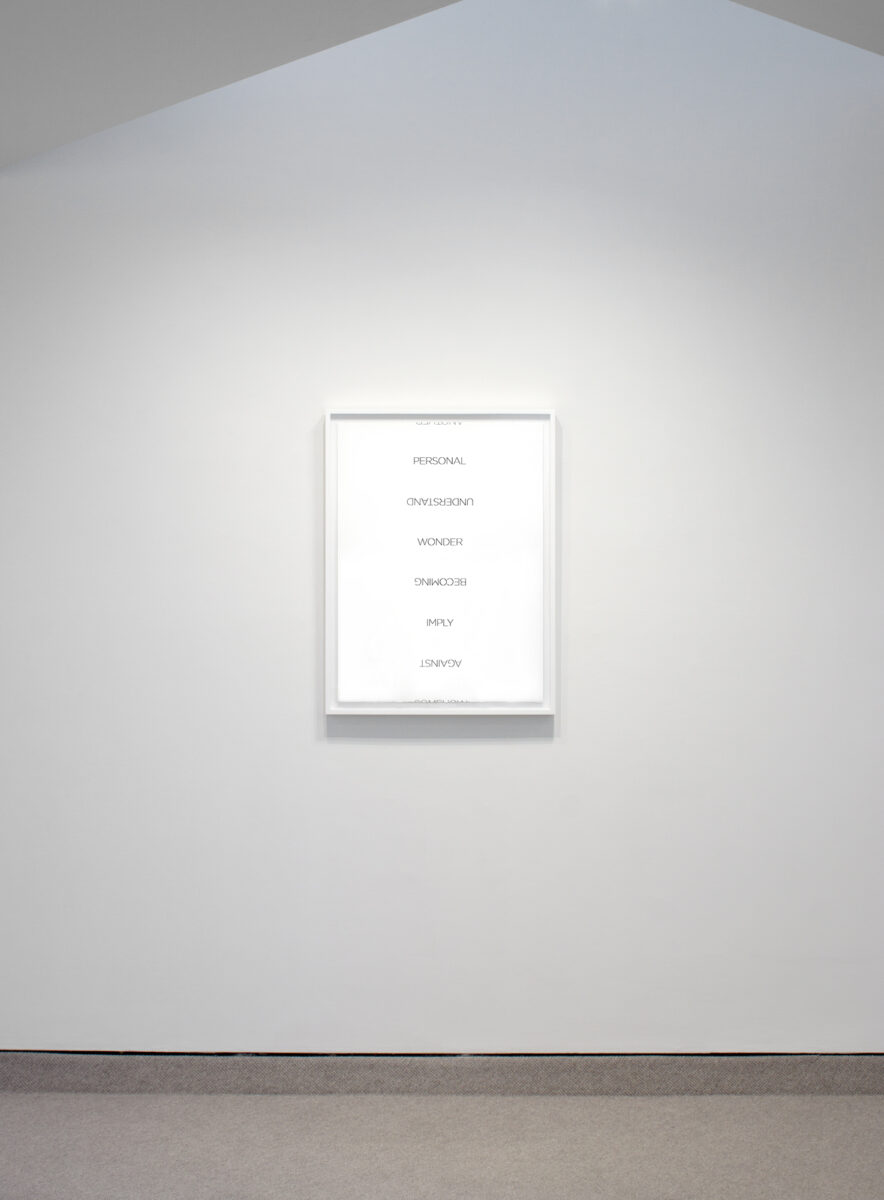
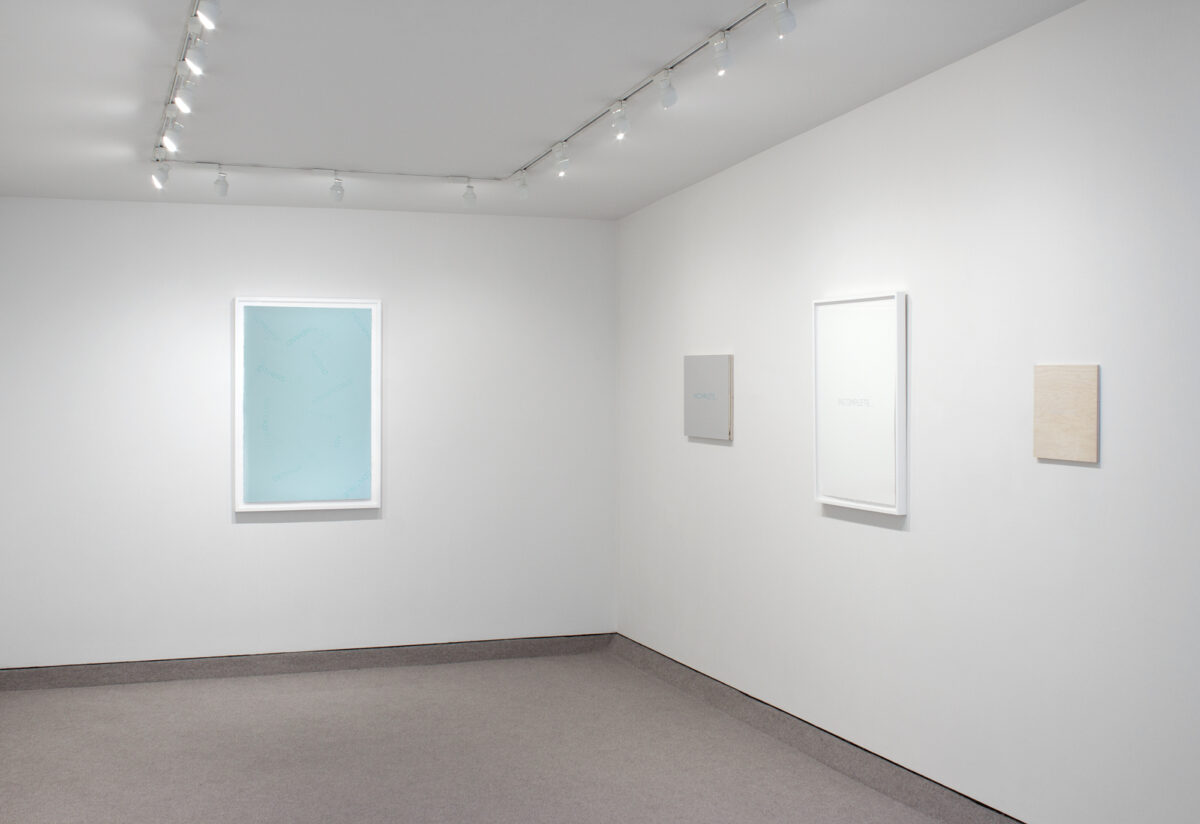
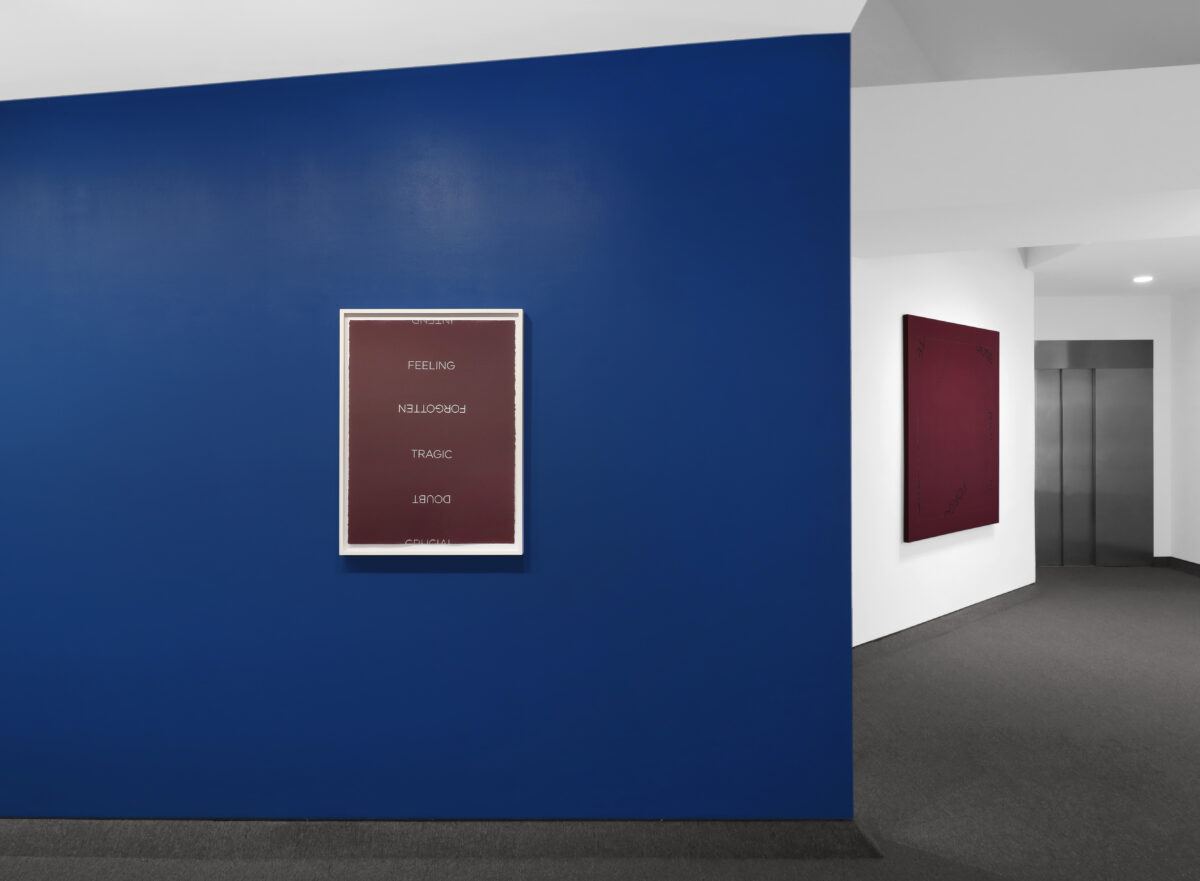
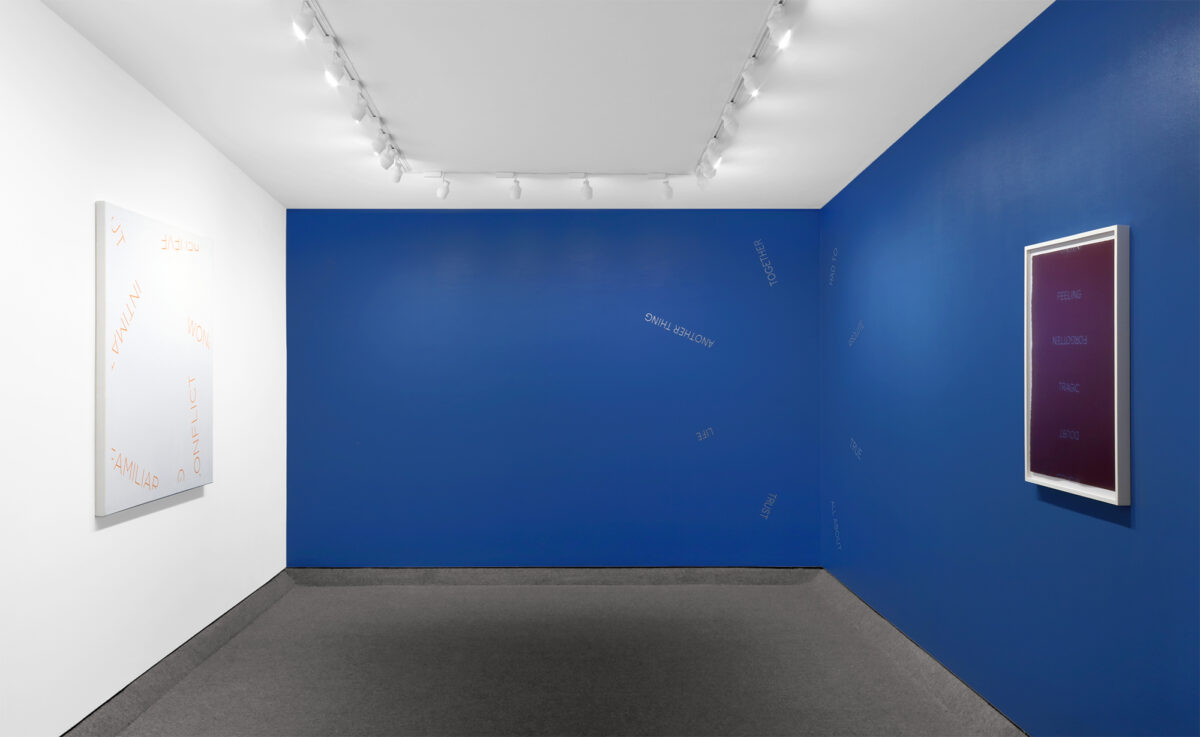


Robert Barry is an American artist who currently lives and works in Teaneck, New Jersey. Since 1967, Barry has produced non-material works of art, installations, and performance art using a variety of otherwise invisible media. In 1968, Robert Barry is quoted as saying “Nothing seems to me the most potent thing in the world.”
Barry was born in 1936 and grew up in The Bronx. A graduate of Hunter College, he studied there under artists William Baziotes and Robert Motherwell, later going to the college’s faculty. Barry moved to Teaneck in1974.
Barry’s work focuses on escaping the previously known physical limits of the art object in order to express the unknown or unperceived. Consequently, Barry has explored a number of different avenues toward defining the usually unseen space around objects, rather than producing the objects themselves.
Major nonvisible works from his early period include Carrier Wave, in which Barry used the carrier waves of a radio station for a prescribed length of time “not as a means of transmitting information, but rather as object.” Radiation Piece, and Inert Gas Piece, in which Barry opened various containers of inert gases in different settings before groups of spectators, such as a canister of helium released in a desert.
Barry’s work has been shown in international events such as the Paris Biennale (1971), Documenta, Kassel (1972), and the Venice Biennale (1972). he is included in the permanent collections of renowned museums including the Museum of Modern Art, New York, the Hirshhorn Museum and Sculpture Garden, Washington, D.C.; the Solomon R. Guggenheim Museum, New York; the Musée National D’Art Moderne, Centre Georges Pompidou, Paris; the Museum of Contemporary Art, Los Angeles and the National Gallery of Art, Washington, D.C.
10 Newbury Street, Boston, Massachusetts 02116
617-262-4490 | info@krakowwitkingallery.com
The gallery is free and open to the public. Please note our summer schedule:
June
Tuesday – Saturday, 10–5:30
(Open on Juneteenth)
July 1–25
Tuesday – Friday, 10–5:30
(Closed Friday, July 4)
July 29 – September 1
Open via appointment
Beginning September 2
Tuesday – Saturday, 10–5:30